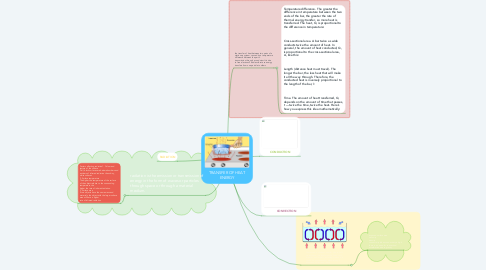TRANSFER OF HEAT ENERGY
by Baboo Alam

1. radiation is the emission or transmission of energy in the form of waves or particles through space or through a material medium.
1.1. Factors affecting radiation1. Colour and texture of the surface Dull, black surfaces are better absorbers and emitters of infrared radiation than shiny, white surfaces 2. Surface temperature The higher the temperature of the surface of the object relative to the surrounding temperature, the higher the rate of infrared radiation. 3. Surface area If two objects have the same mass and materials, the object with the larger surface area will have a higher rate of infrared radiation
2. RADIATION
3. Convection is the heat transfer due to bulk movement of molecules within fluids such as gases and liquids, including molten rock (rheid). Convection takes place through advection, diffusion or both.
3.1. exposed surface area viscosity density conductivity (when conductivity is high, there is no need for convection) acceleration due to gravity
4. the transfer of heat between two parts of a stationary system, caused by a temperature difference between the parts. transmission through a conductor.It is due to free electrons.Particles vibrate so energy transfers from one particle to others
4.1. Temperature difference. The greater the difference in temperature between the two ends of the bar, the greater the rate of thermal energy transfer, so more heat is transferred. The heat, Q, is proportional to the difference in temperature: Cross-sectional area. A bar twice as wide conducts twice the amount of heat. In general, the amount of heat conducted, Q, is proportional to the cross-sectional area, A, like this: Length (distance heat must travel). The longer the bar, the less heat that will make it all the way through. Therefore, the conducted heat is inversely proportional to the length of the bar, l: Time. The amount of heat transferred, Q, depends on the amount of time that passes, t — twice the time, twice the heat. Here’s how you express this idea mathematically:
5. CONDUCTION
6. CONVECTION


